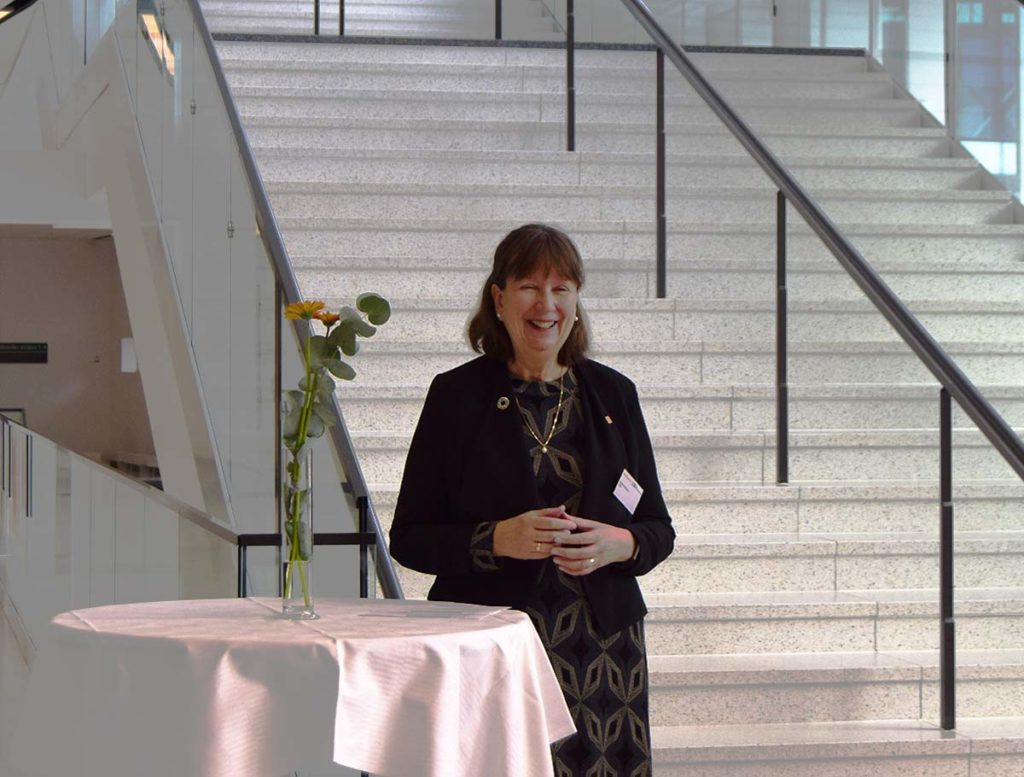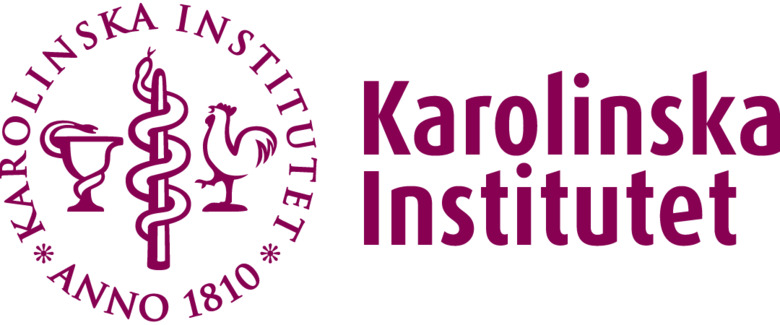Words by Sigbritt Karlsson on the new CT-lab
On Friday 29 October, we inaugurated our new CT laboratory at BioClinicum, adjacent to Karolinska University Hospital in Solna. In addition to a tour of the laboratory and an ensuing reception, several speeches were given on the significance of the new CT laboratory. The following is an excerpt from the speech given by Sigbritt Karlsson, president of KTH Royal Institute of Technology.

“I would like to congratulate all of you who have worked so hard for many years to bring this new instrument here. This is an example of the drive that a researcher must have, to believe in one’s idea and work really hard to realise it. Way back in the early 1980s, when I was a student at KTH, I read a course on medical technology. Today, this field has grown, leading to the establishment of MedTechLabs, as well as to what is now SciLifeLab, a joint effort between ourselves, KI, Uppsala University and Stockholm University. These are fantastic organisations that reveal how crucial engineers are to Swedish and international healthcare.”
“That said, another incredibly important factor is collaboration. There are of course many pressing societal problems that demand solutions, and ideally we would like these yesterday, so it is vital that we have diligent researchers pondering them before the rest of us. And to have this multidisciplinary, interdisciplinary facility, MedTechLabs, constantly developing new equipment, thinking further ahead than we others, this is incredibly important to us all.”
“Because I’m sure we all have people close to us who are ill in various ways and, of course, we want them to have the very best care and the very best technical solutions. Clinical researchers and our researchers at KTH work together to build better diagnostics, something that is essential to reducing suffering and can even extend human life. So, our close collaboration with Karolinska Institutet and Region Stockholm is extraordinarily important. It has provided KTH researchers with a better, patient-centred understanding of the problems and how we need to work in order to solve them.”
“In turn, KTH has worked on the mathematics and physics of this machine. It is this that has made it possible to increase the precision, to increase the resolution. We contribute with biomedical imaging, machine learning and artificial intelligence, techniques that are also necessary to continue this development. Today, MedTechLabs is a well-established platform for cutting-edge medical technology initiatives and we are seeing more and more of these becoming clinical reality, in patient-centred healthcare. Today, we take the next step with this photon-counting imaging technology.”

